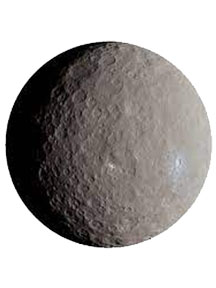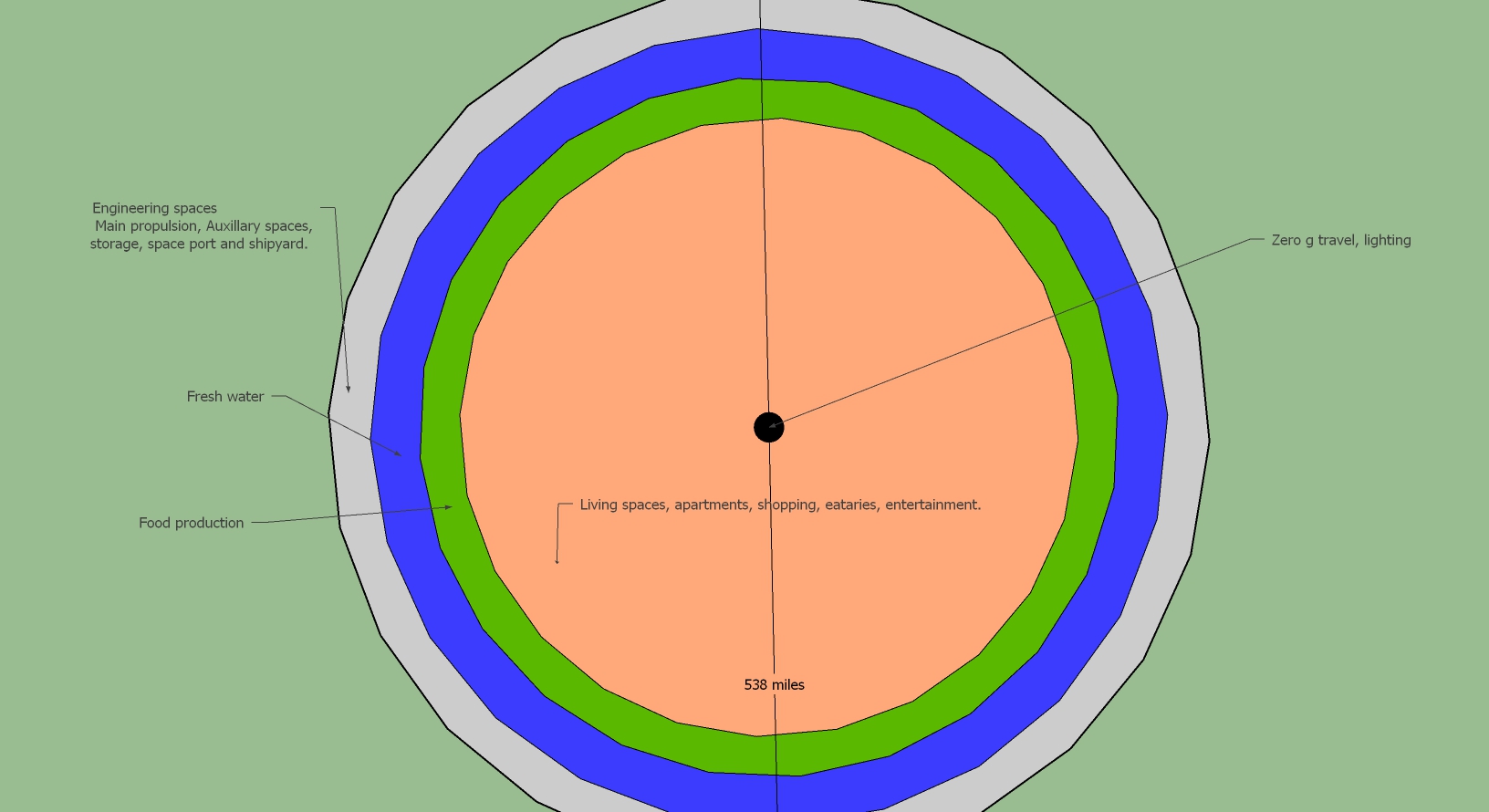Project Ceres 5/17/2022 updated 12/31/2022, 10/17/2023, 2/10/2024
I have been thinking about this since I was 13 and read Rendezvous with Rama
Going to Mars is a great idea, It would be better for terraforming if you already had machine shops, excavation machinery, building materials, plants available to plant directly in a greenhouse on any new planet, and a 30,000 to 40,000 person workforce.
Plus you could have a few thousand colonists aboard prepping for their new home.
What is the quickest way to build a space station without transporting most of the shell from Earth? Especially one that you can walk in, not be cramped, and have gravity? One that could have Manufacturing capabilities. Farming Capabilities? Even a city? Don’t get me wrong you still initially need products from Earth.
There is one way that would be quicker and that could be started in the next 4-5 years and be completed and ready to operate in 15 years.
We currently can pursue and photograph asteroids, try this link if they can do this, then we can chase, stop, and direct an asteroid back to a Near Earth Orbit (NEO) actually between the Earth and the Moon. I have chosen 1 Ceres as the test subject; it is large about 580 miles in diameter or about 267k sq miles area-wise. By now, many people have scoffed and said BS and clicked away, but if you hear me out you might agree that it could be done.
1 Ceres Asteroid (the first asteroid discovered in 1801)  1 ceres asteroid
1 ceres asteroid
It takes Ceres just under 5 years to orbit the sun, and the nearest it gets to Earth is just under 1.7 AU (1 AU=956 million miles) on the next date of July 14th, 2024, that gives us under 2 years to get 300 rocket engines, control systems and misc. programming and other systems, packaging the engines for travel, and deploying. The next best date is Jan 2027 at about 1.69AU, probably more doable in terms of time to manufacture engine packages.
If we can get up to Helios 2 speeds (about 158,00 MPH) it would take 12000 hrs to get to Ceres at its closest approach to Earth. Then figure out 1 month to stop the roll, yaw, and redirect its forward progression to achieve NEO. And then stop it once it gets here without hitting anything along the way. Figure at least a year or a bit more to get it home. Initially, it should be within a day of travel from the Earth’s surface to facilitate the mining and construction phase. Once completed it could be placed in any orbit anywhere desired.
Edited 08/17/2023
This has been edited a few times starting adding dates today.
I have been thinking you could send construction robots with the engine packages,
they could be excavating and building the inside during travel.
Engine Packages:
My Designs are available for viewing by appointment only.
Project Ceres 1-(833) 602-9883
Training:
You can begin the training phase while the engine package is being deployed.
I would hire Miners and Underwater construction experts and train them in the rigors of space and working in a vacuum. They are used to working in adverse conditions and their particular skill sets would be invaluable. You would need a few Astronaut types to help with training and a few pilots for transportation.
Before we send anyone out safety measures would have to be in place, a habitat for vacuum workers to escape in an emergency, either an object placed on the surface or a transport ship (my choice).
Now you can send in miners and construction workers to hollow out and build your station.
Mining:
Laser mining would be best not much explosive debris. You may initially have to send multiple ships per day to switch crews and materials until the processes are in place to produce air, water, sanitation, and general living conditions for crews.

Construction:
While the Engine package is traveling, On Earth you would have all the initial components being manufactured.
- Airlock
- Oxygen production (the object possibly has water)
- Induction Forges
- Large scale Human and Commodities transportation
- Food production
Once enough area is cleared you can set up manufacturing, food production initial living spaces.
Once enough equipment is loaded in, you would be able to smelt material down and create building materials in place, savings in shipping would be astronomical.
Costs:
The estimated cost to return Ceres to Earth and construction is approximately 20 Billion Dollars
- Research
- Office space
- Machine shops or better buy a shipyard.
- Purchase engines
- Raw materials to produce delivery packages.
- Manufacturing facilities for delivery of packages
- Facilities for training (partner with NASA?)
- Employee compensation
- Insurance
- Initial Rides into orbit
Returns:
Estimated 120 Trillion Dollars
- New patents
- New Technologies sales
- Any mining proceeds (precious metals, gems if any)
- Spaceship Shipyard constructing deep space and commercial/personal vehicles.
- Selling/ Renting property
Other Opportunities:
Semi-autonomous robotic mining
Semi-autonomous robotic Space junk collector
Manned missions to repair and refuel satellites
Funding:
To Facilitate this endeavor funding is required.
I am willing to sell 15% interest of 25% of the profits for 20 Billion Dollars or any part thereof, which is approximately 4.48 Trillion Dollars in return. The rest of the profits will go toward R&D in various technologies and creating Moon habitation endeavors.
I have Copyrighted all ideas presented.
Will be placing patents on all technologies designed.
2/10/2024
Started posting to various funding sites.
Bibliography: